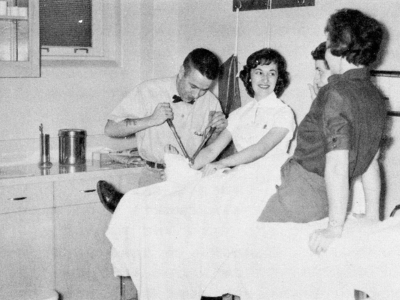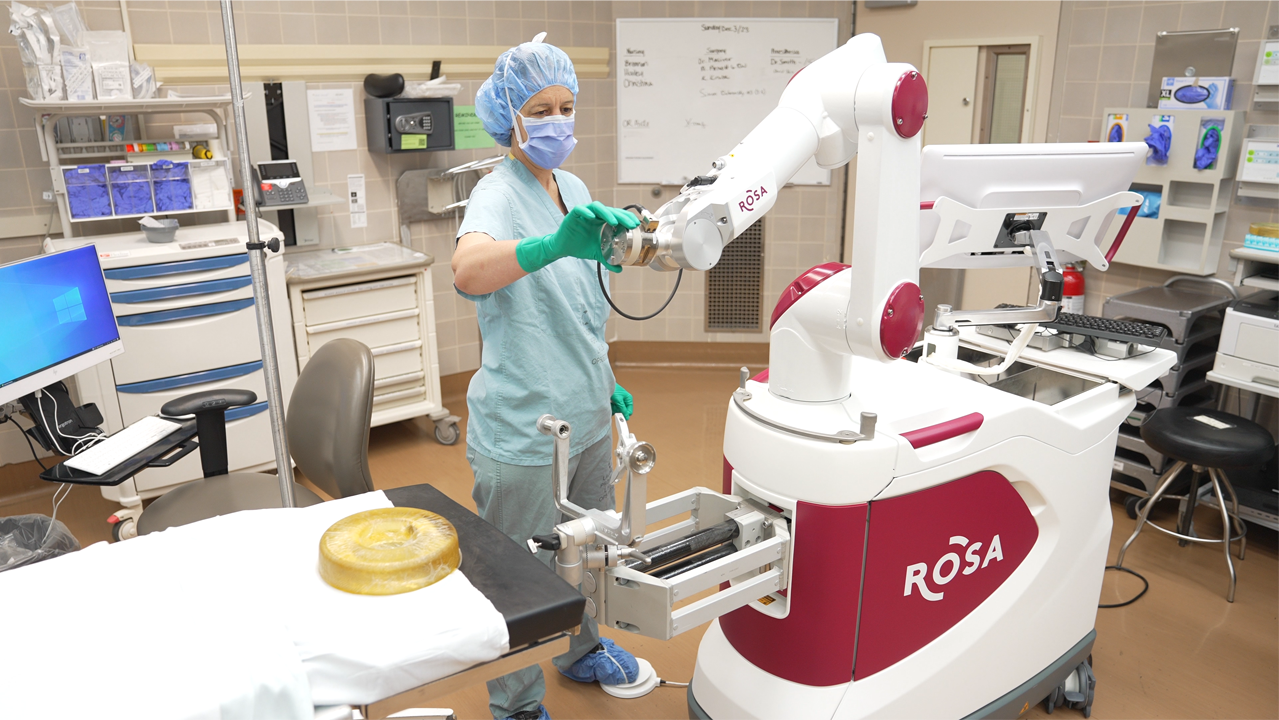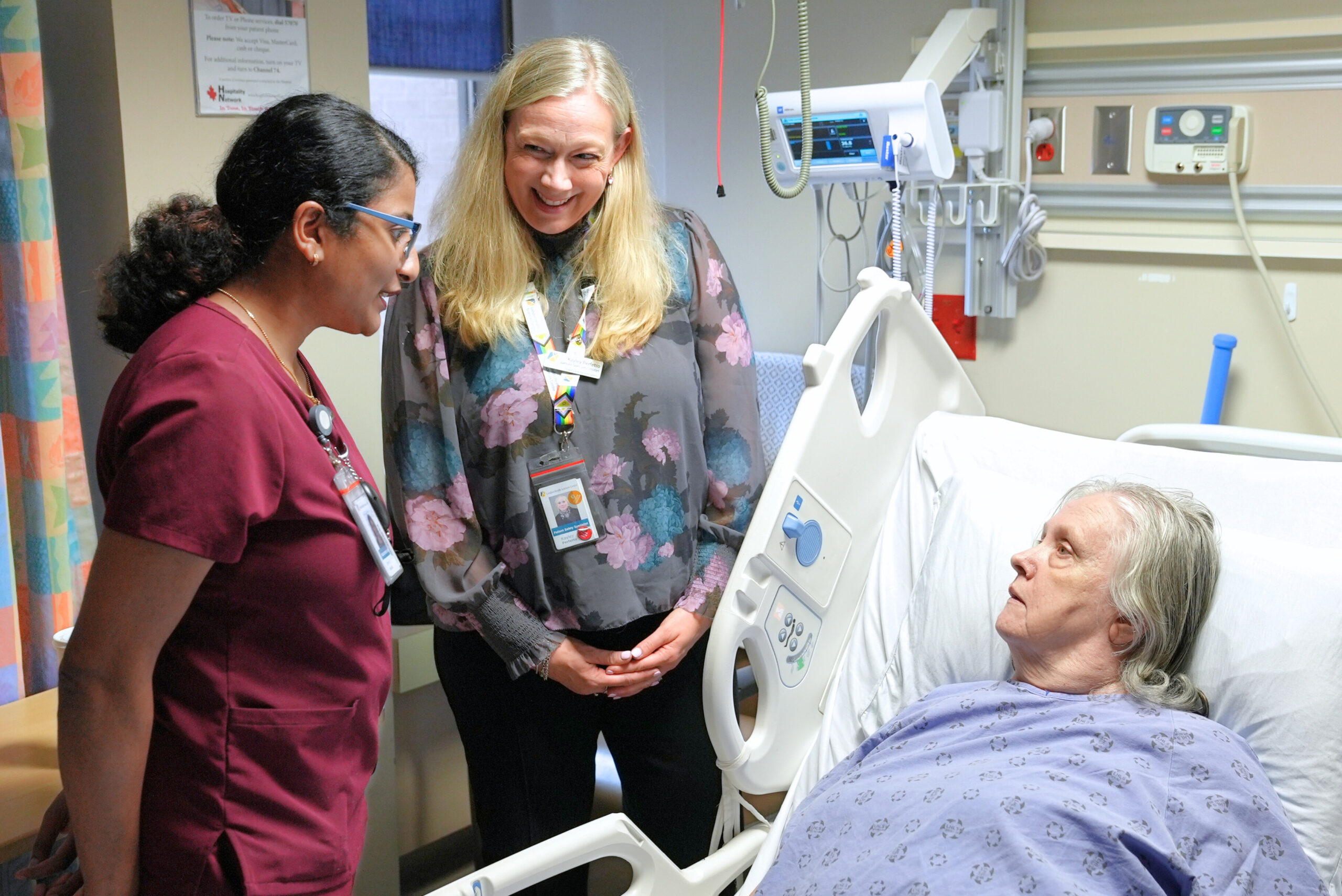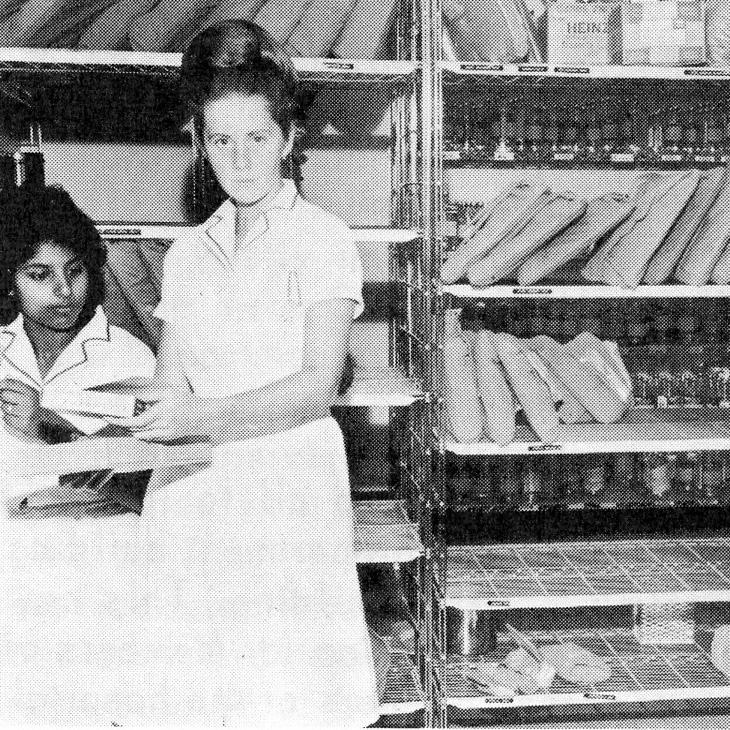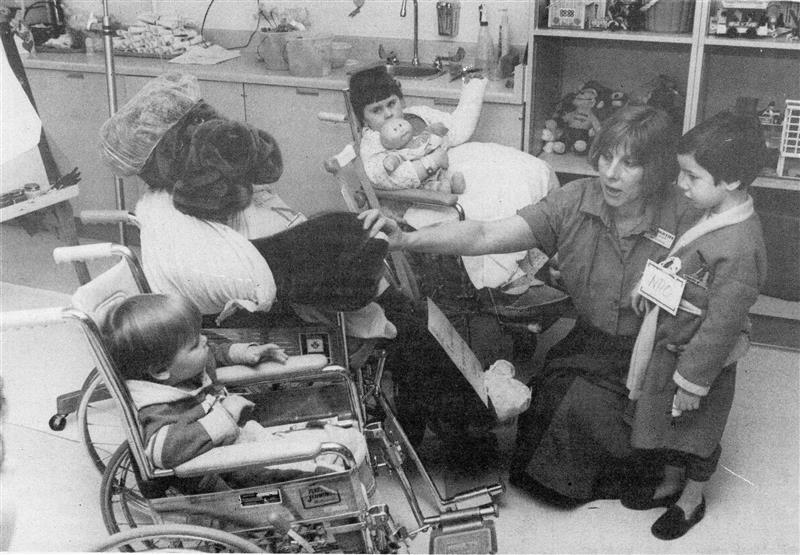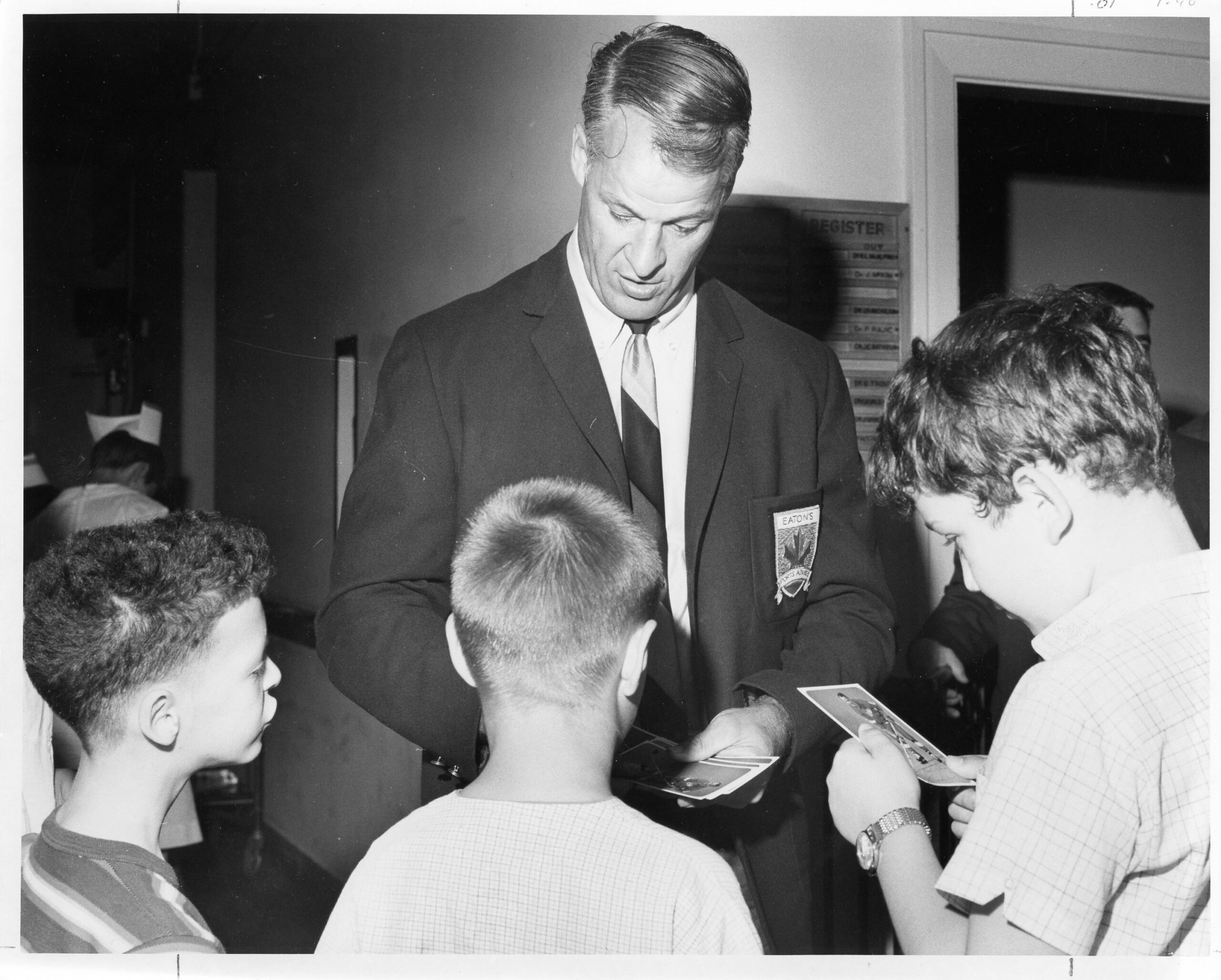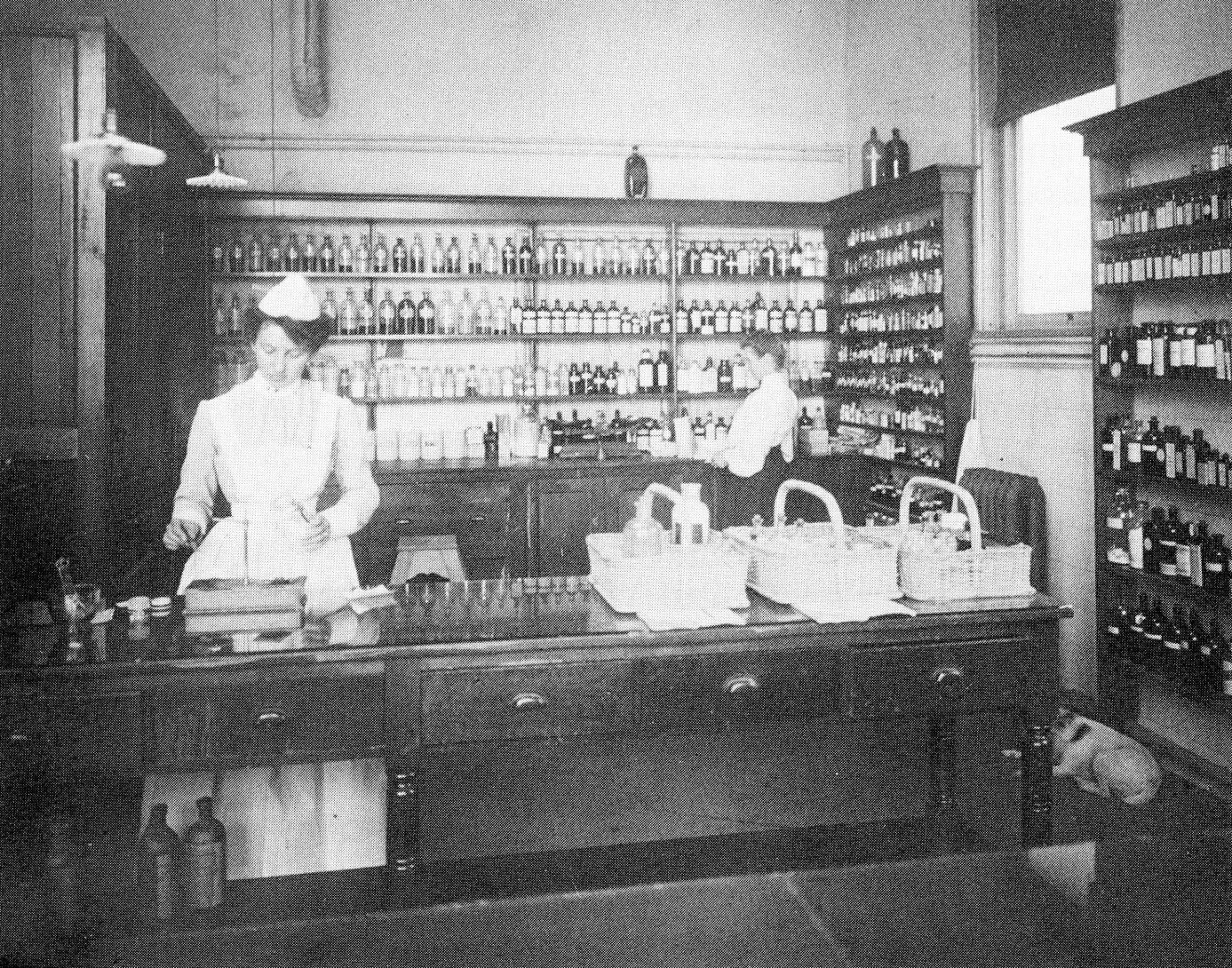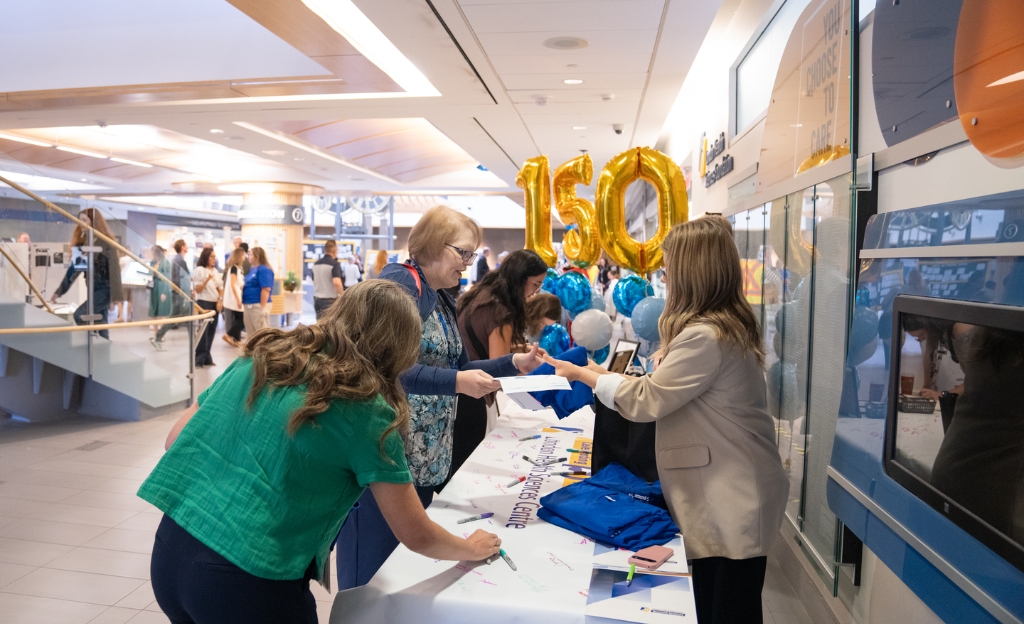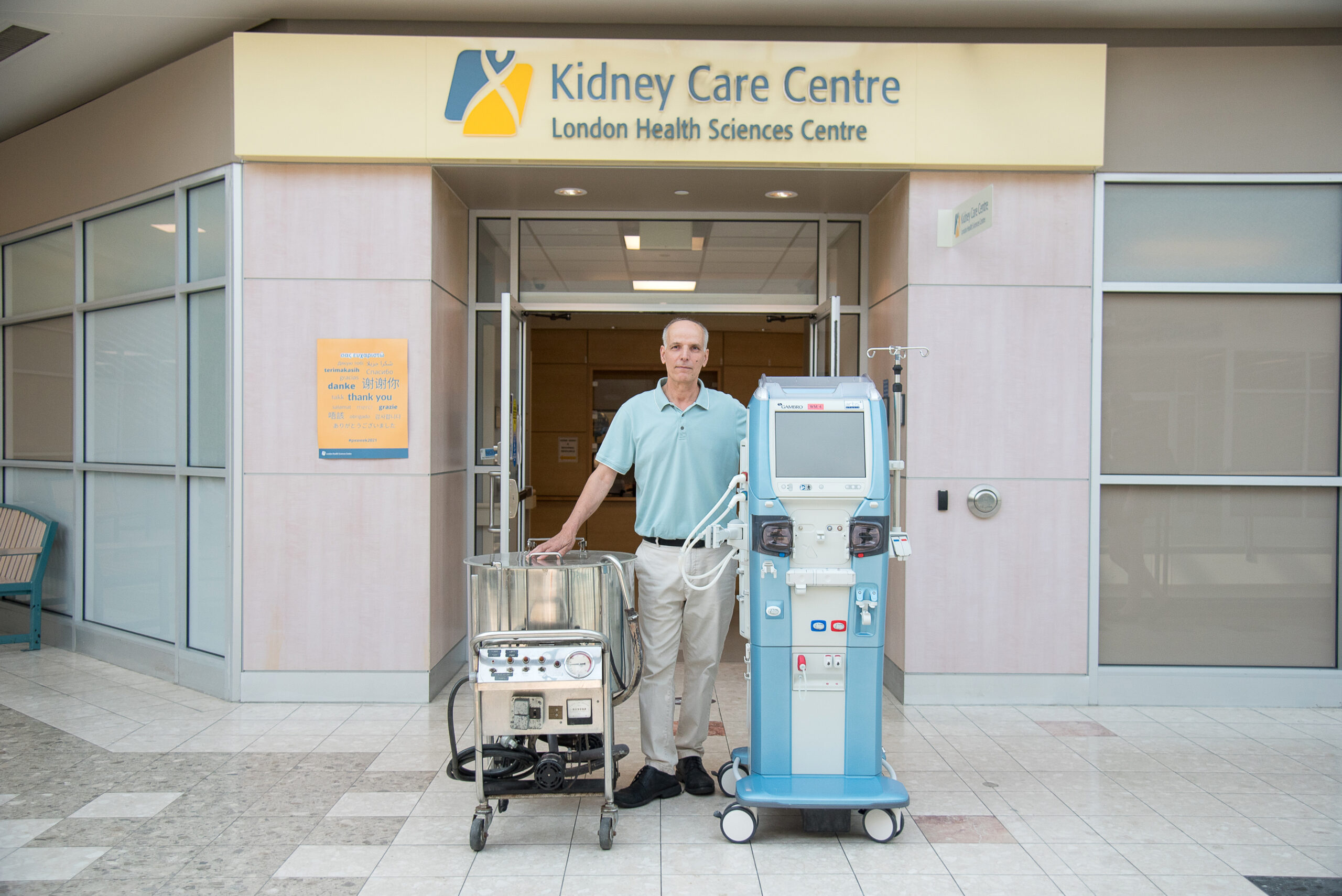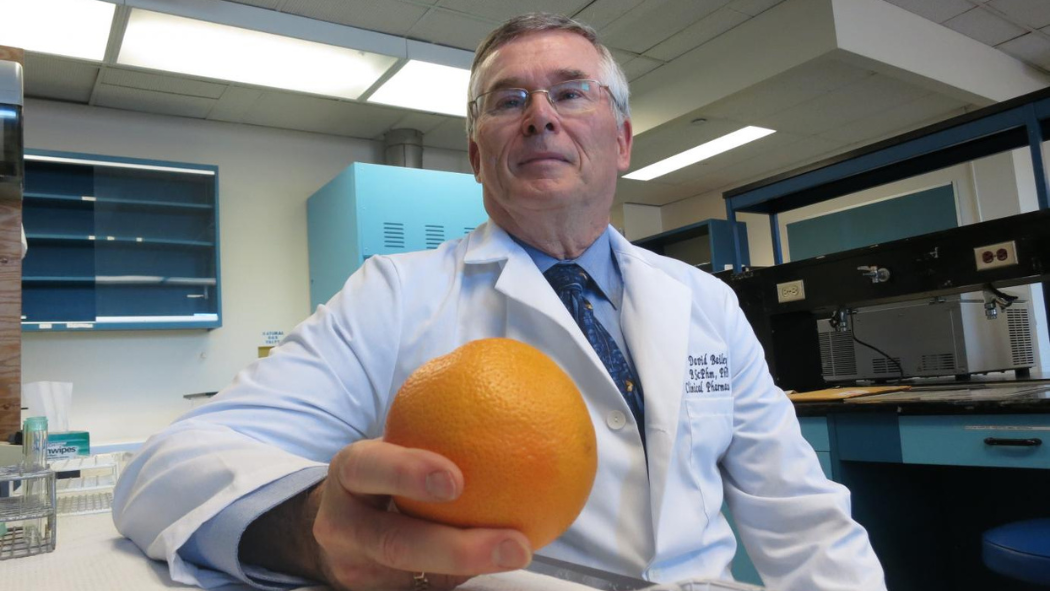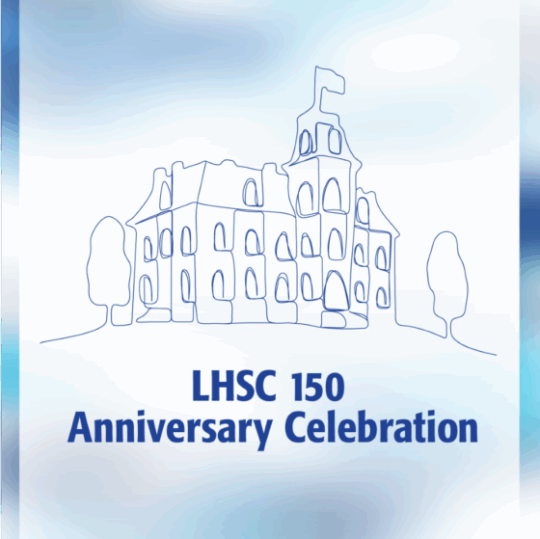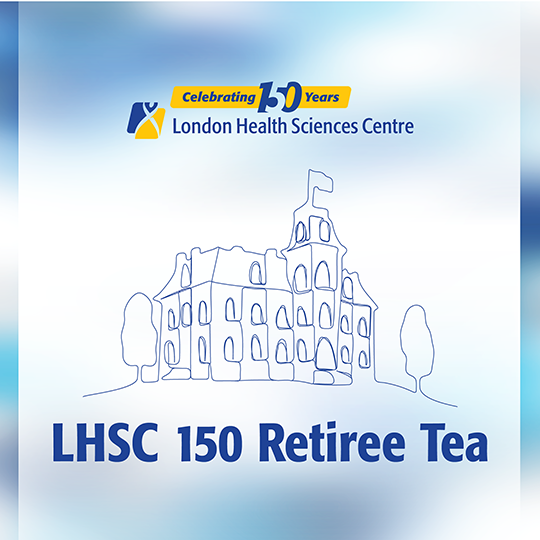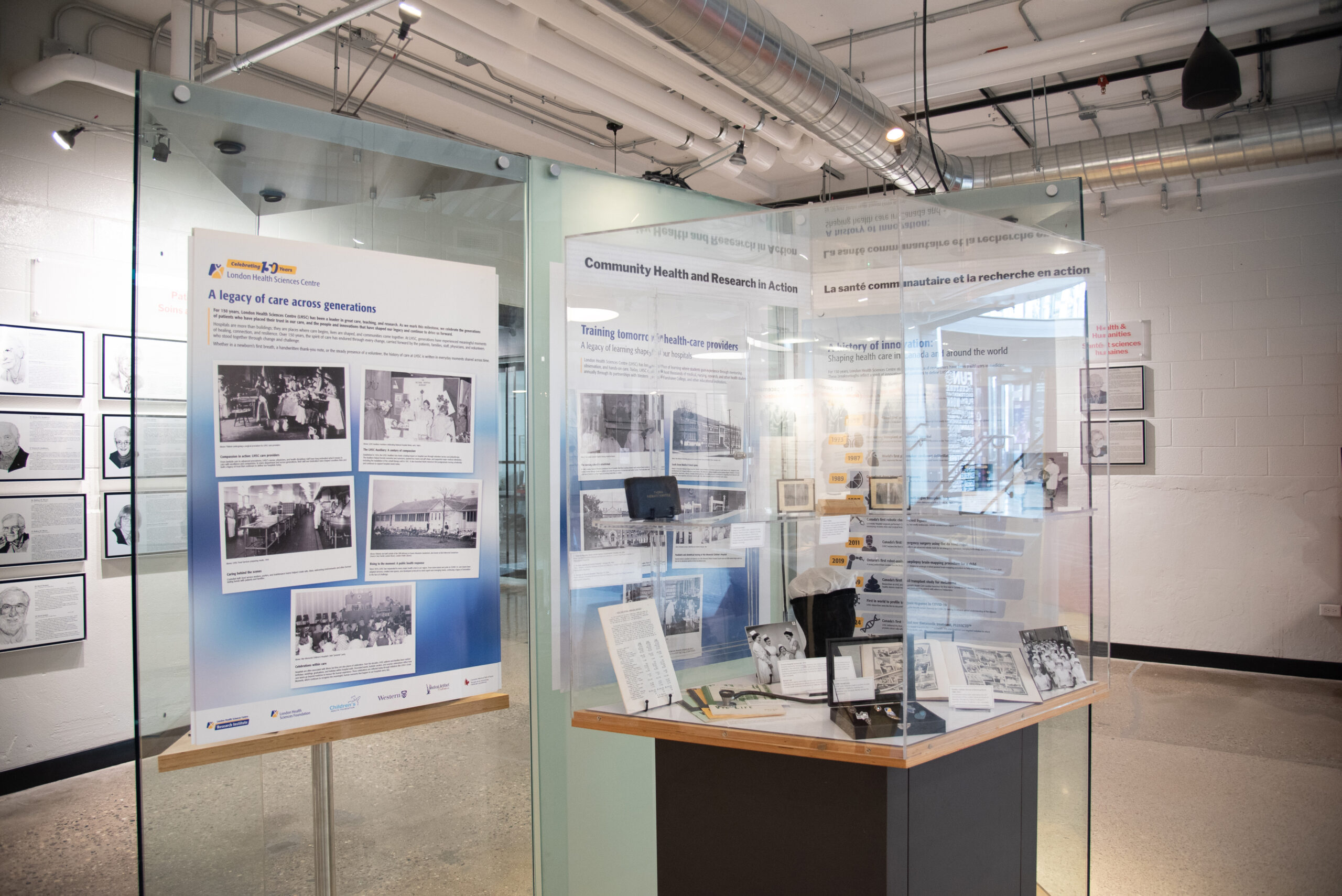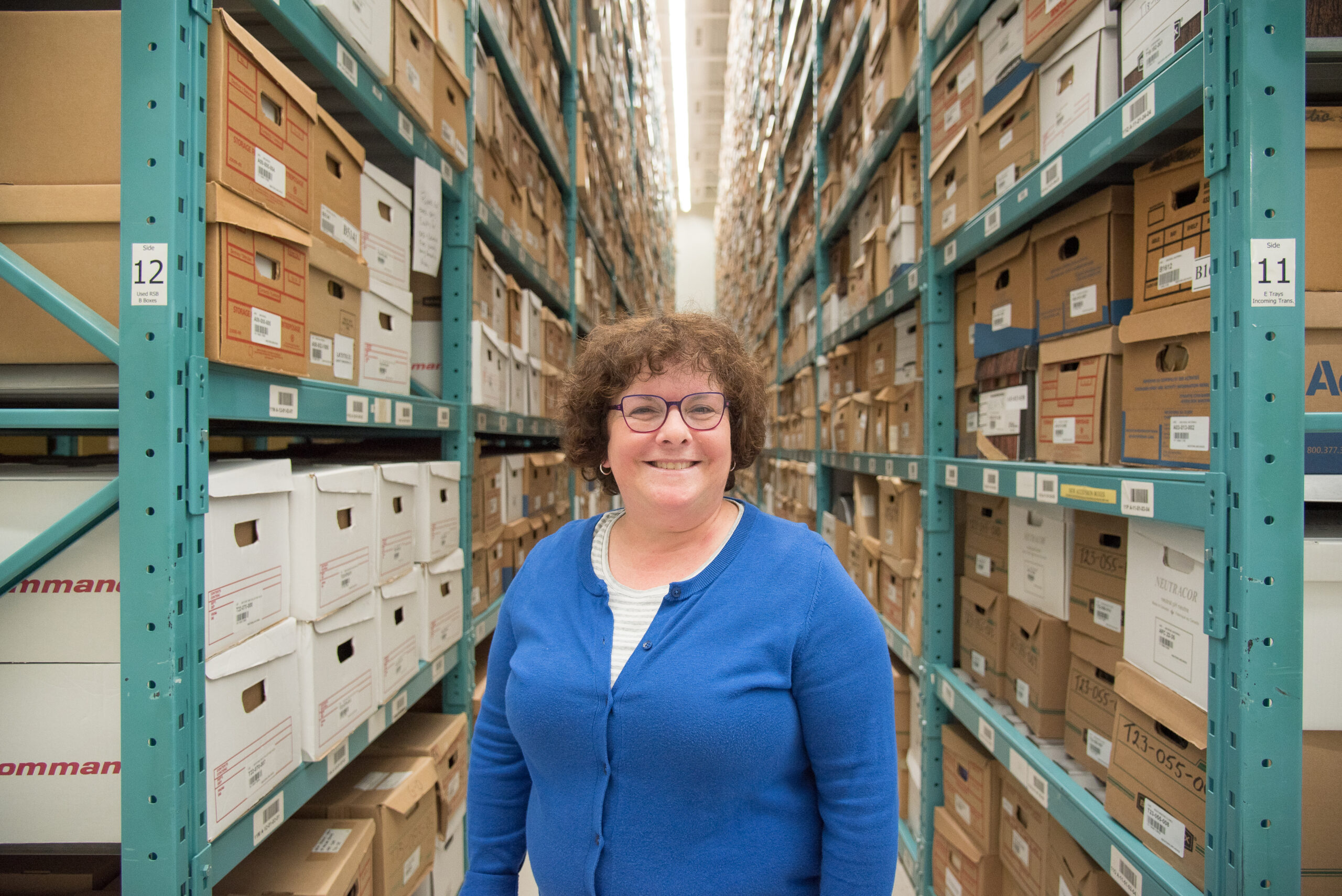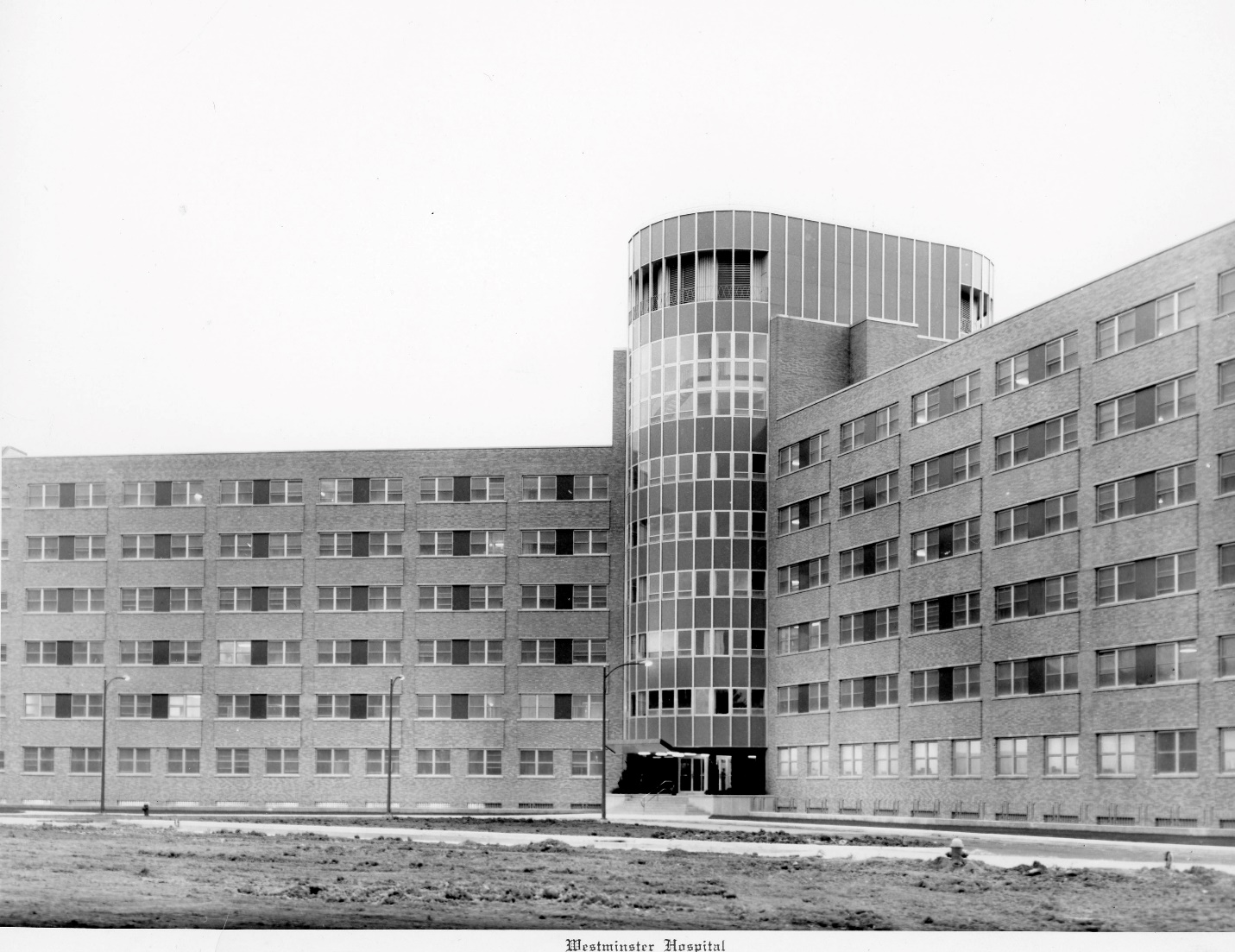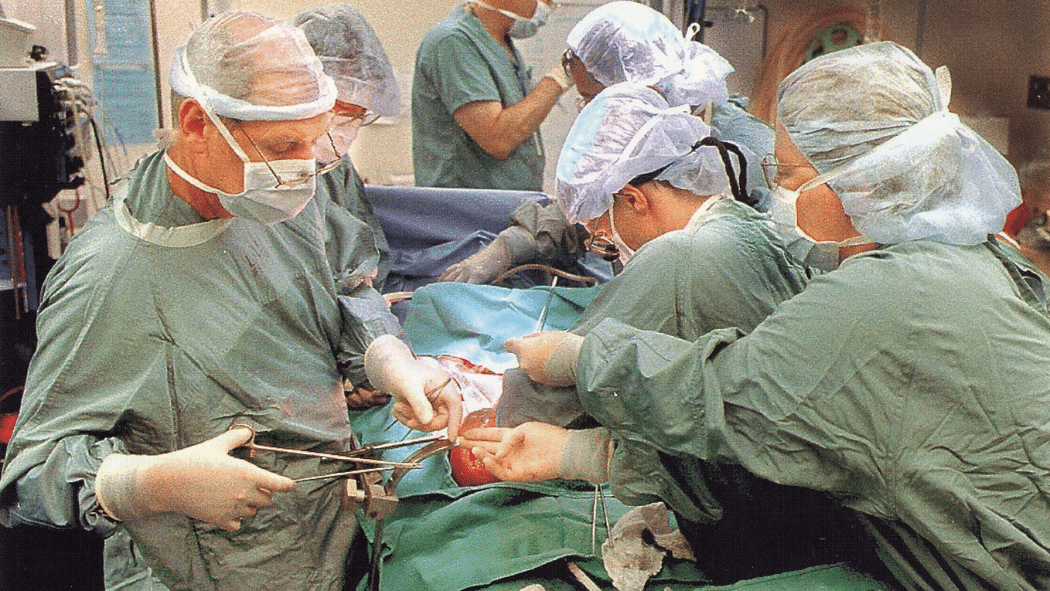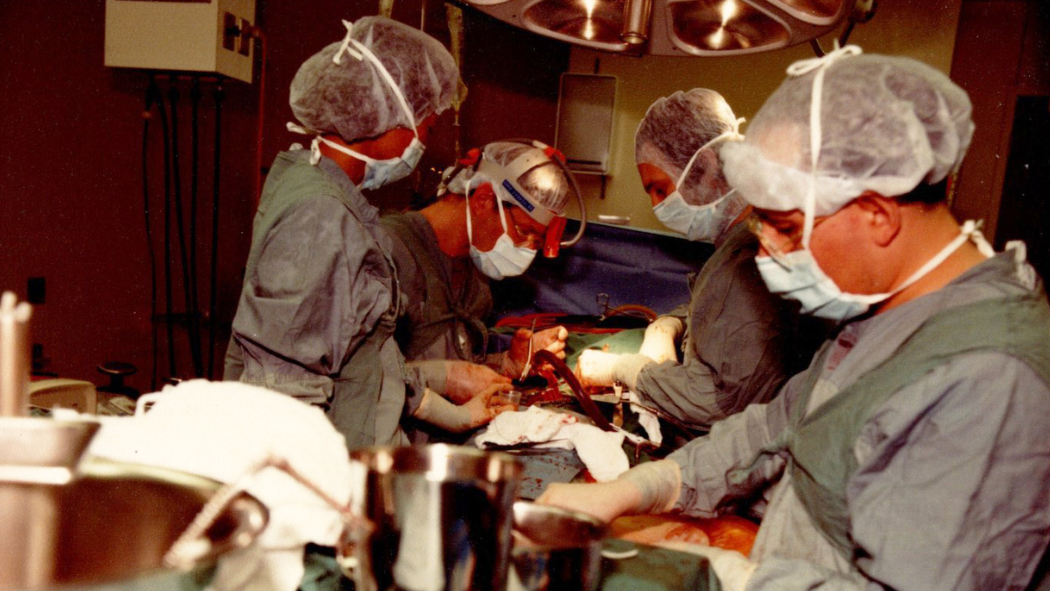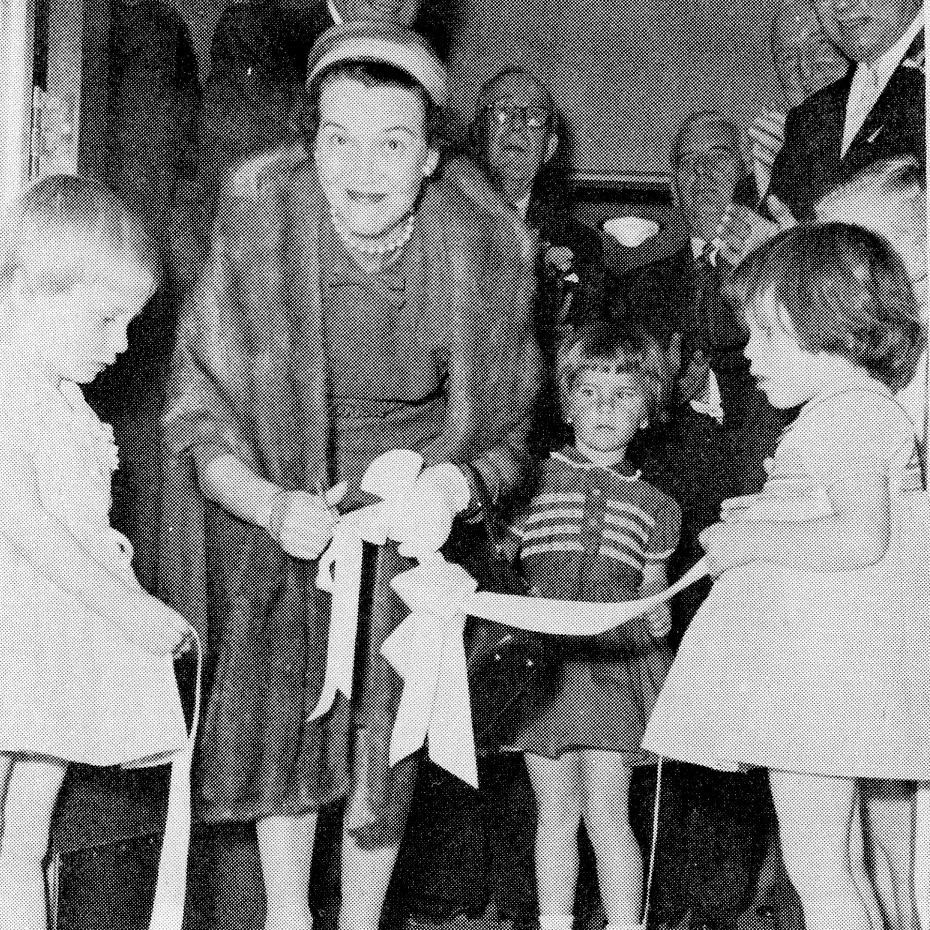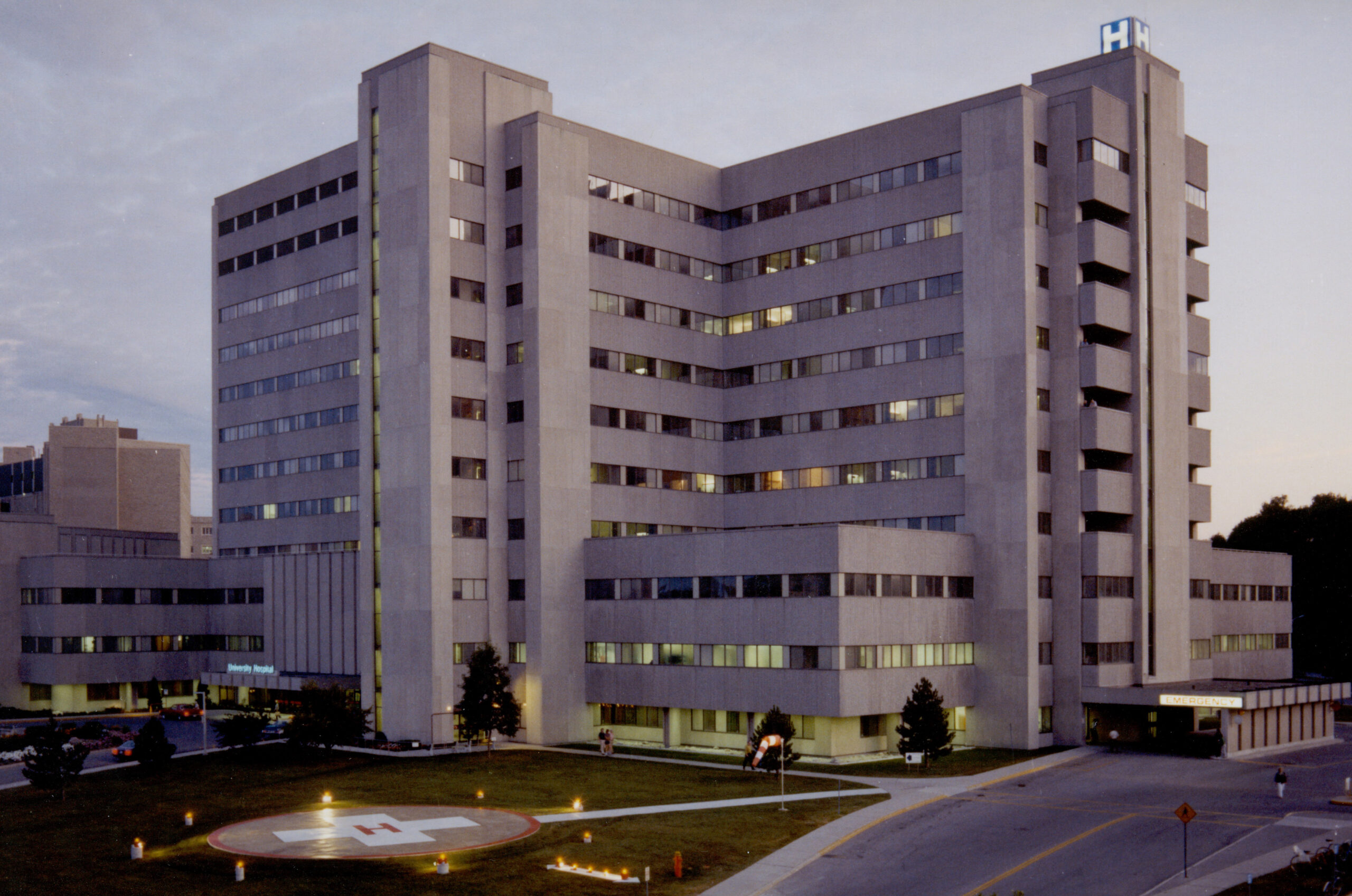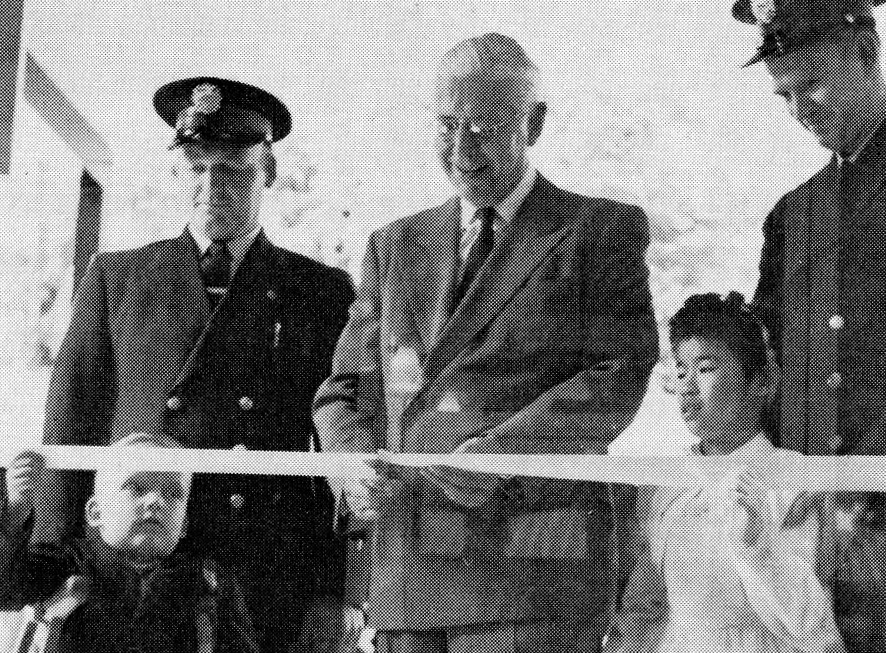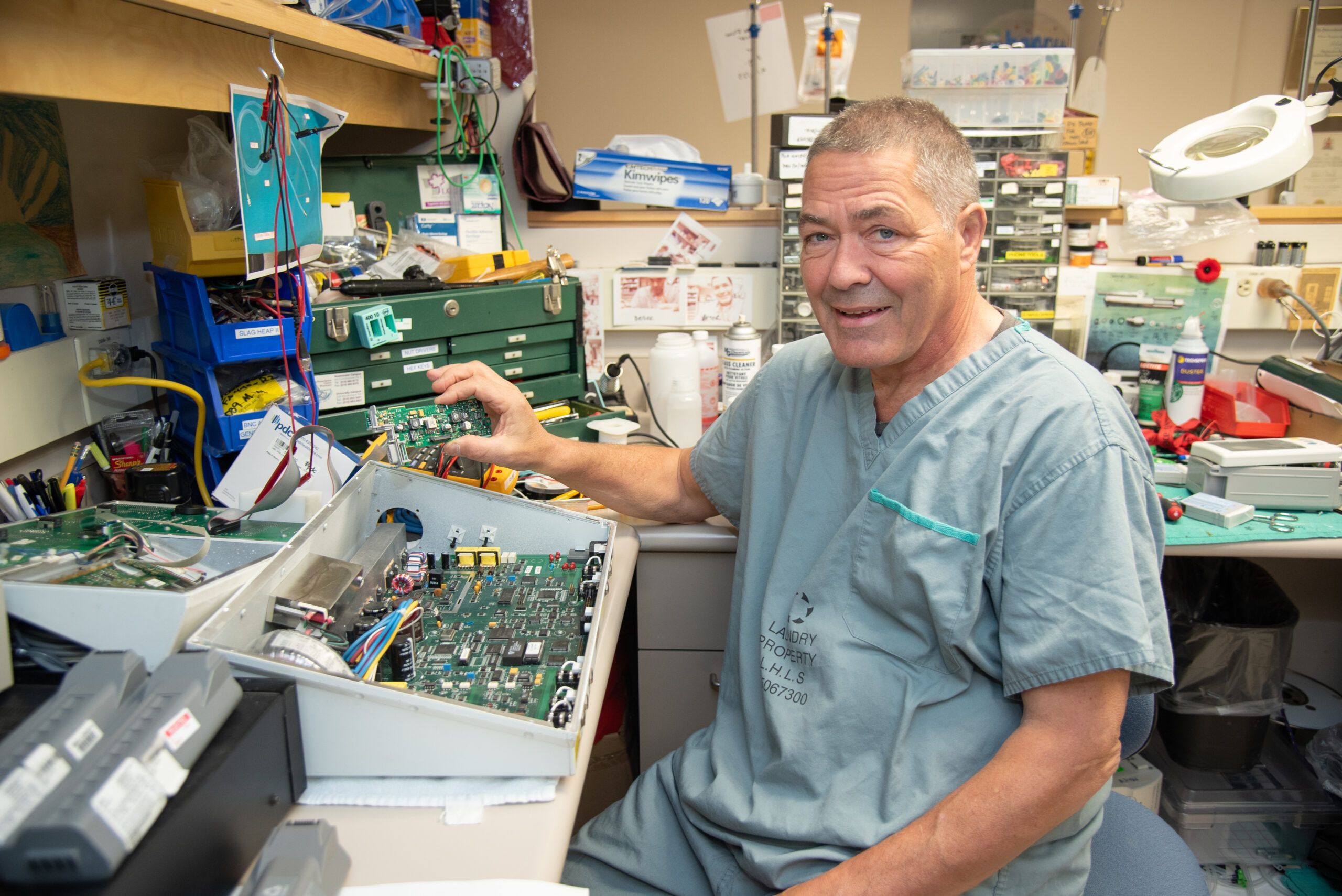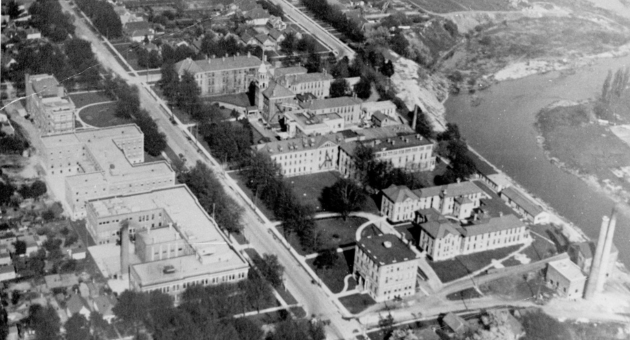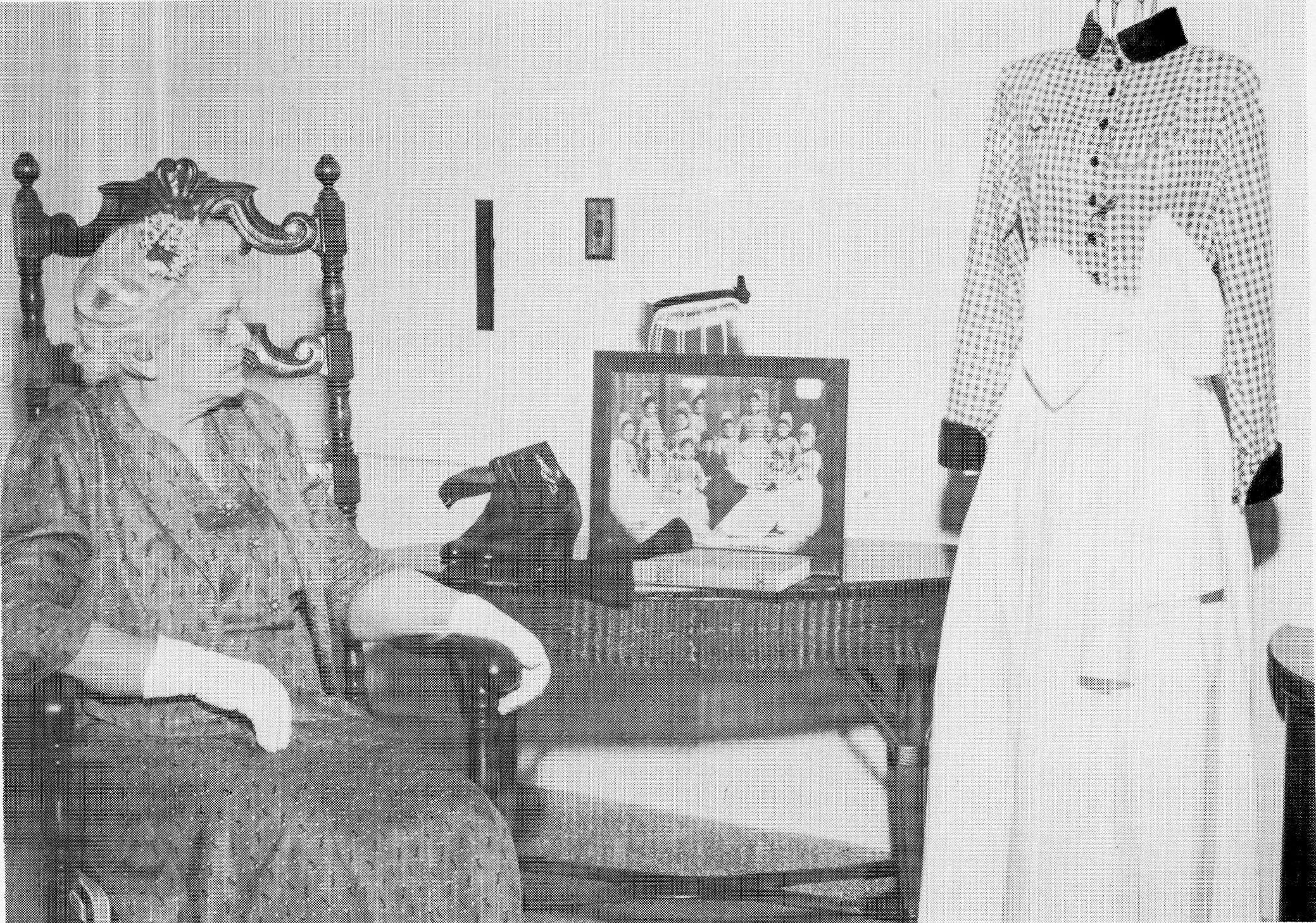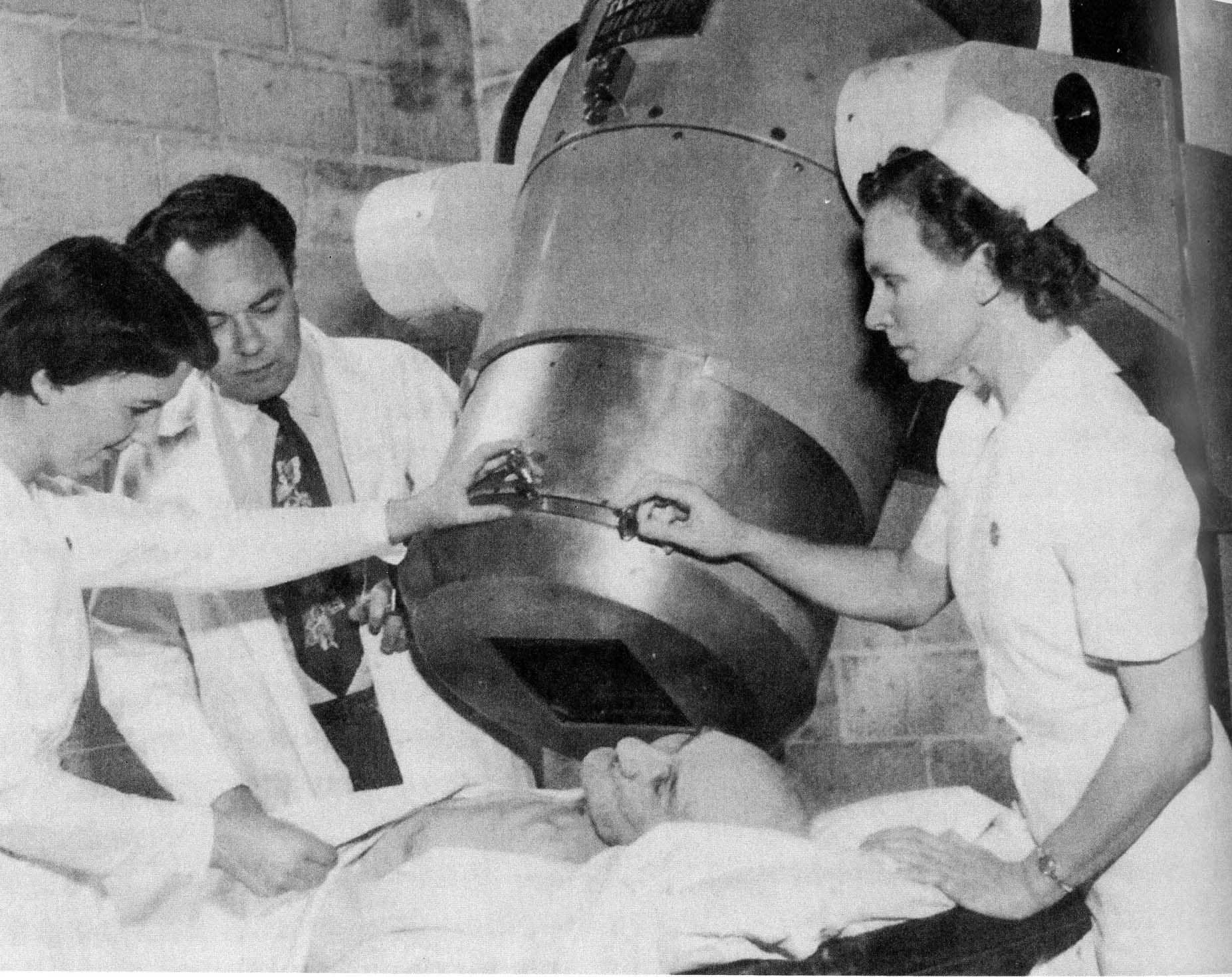From the Cobalt Bomb to theranostics: LHSC’s pioneering role in cancer treatment
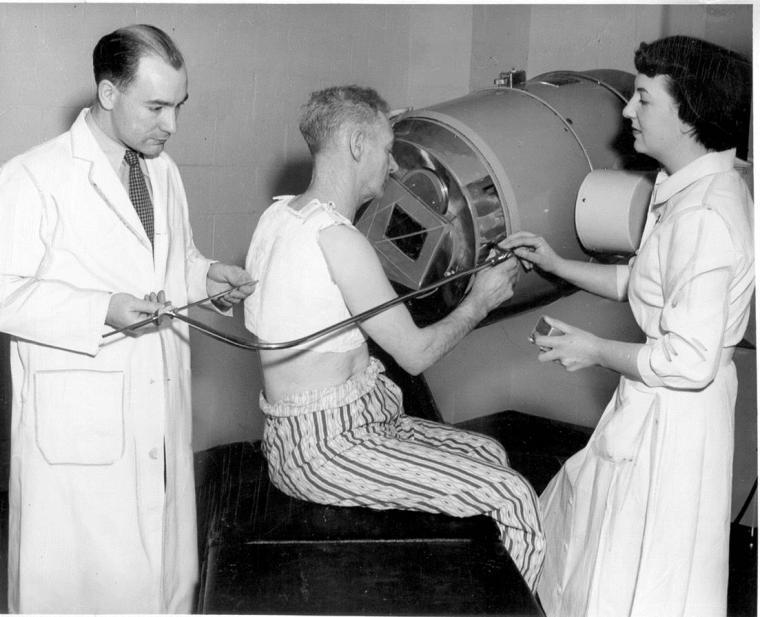
Above: A team using Colbalt-60 to deliver radiation therapy for a cancer patient at LHSC’s Victoria Hospital.
On October 27, 1951, in a modest treatment room at the old Victoria Hospital in London, Ontario, medical history was made. A cancer patient received the world’s first radiation treatment using Cobalt-60, marking a revolutionary milestone in both cancer care and Canada’s rise as a leader in radiation oncology.
This treatment was the product of collaboration between Atomic Energy of Canada Limited, Eldorado Mining Company, and scientists at the National Research Council, with the machine installed and first used under the clinical leadership of Dr. Ivan Smith, professor at Western University and director of the Victoria Hospital’s Cancer Clinic. The technology, nicknamed the “Cobalt Bomb,” allowed doctors to treat tumours without damaging the surrounding skin — a dramatic leap from earlier, less targeted X-ray therapies.
The rise of Cobalt-60: A Canadian breakthrough
Prior to the 1950s, treating anything beyond superficial cancers with radiation was extremely difficult. Radium-226, the only option, was rare, expensive, and ineffective for deep tissue. Cobalt-60 changed everything. Produced by bombarding stable Cobalt-59 with neutrons in the Chalk River reactor, Canada had both the technological infrastructure and scientific leadership to bring this innovation to life.
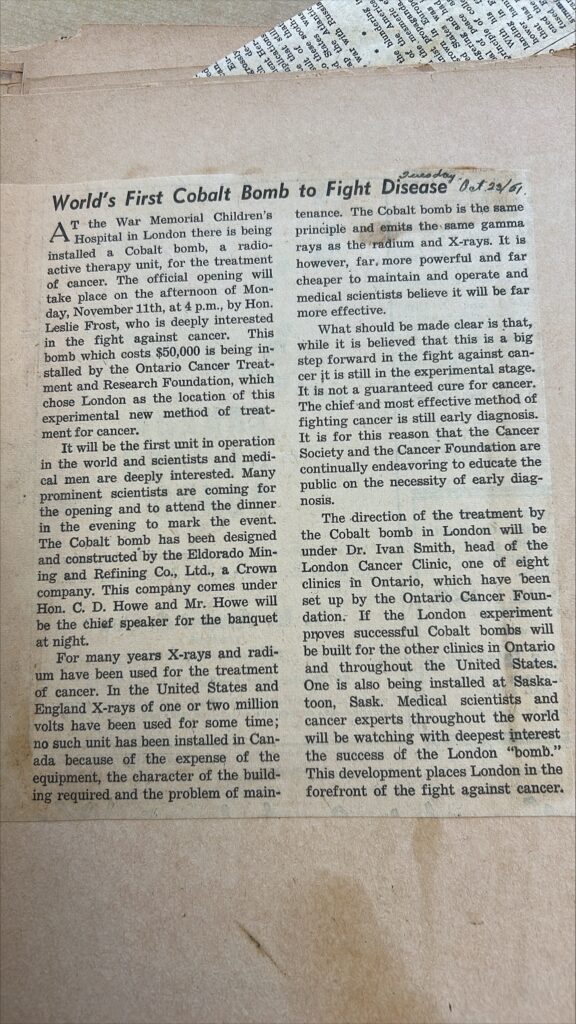
While another Cobalt-60 machine had arrived earlier in Saskatoon — under the work of physicist Dr. Harold Johns, considered the father of Cobalt therapy — London was first to deliver treatment.
Over the next decades, 35 million cancer patients worldwide would benefit from Cobalt-60 therapy, especially in developing countries where it remains a frontline treatment due to its cost-effectiveness and accessibility.
The legacy continues: LHSC’s lasting contributions
LHSC and its research institute – London Health Sciences Centre Research Institute (LHSCRI) – have continued to be at the cutting edge of cancer treatment research. The city was the birthplace of another major cancer breakthrough in the 1950s when Dr. Robert Noble, originally researching diabetes, discovered the anticancer properties of the periwinkle plant. Working with Dr. Charles Beer, they isolated vinblastine, a chemotherapy drug still used today to treat Hodgkin’s lymphoma and other cancers.
Entering the era of theranostics
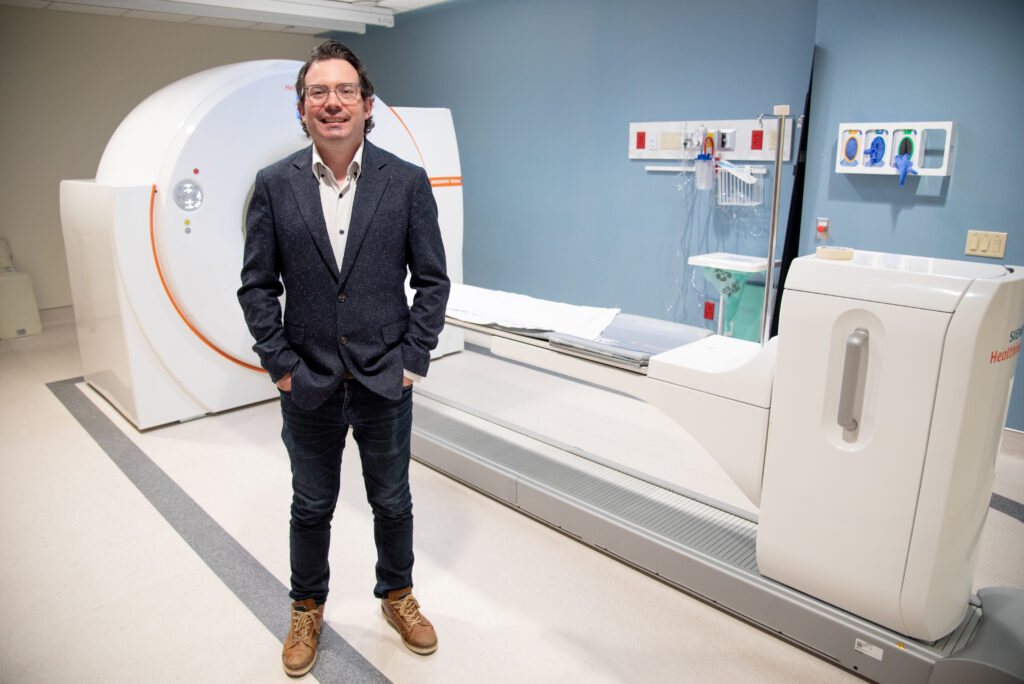
Now, over 70 years after that first Cobalt-60 treatment, LHSCRI is again making headlines with cutting-edge theranostics, a type of treatment that combines imaging and therapy.
At LHSCRI, some patients with neuroendocrine tumours (NETs) — a rare and often treatment-resistant form of cancer — are receiving a new radiopharmaceutical therapy using actinium-225 DOTATATE as part of an innovative clinical trial. This treatment merges diagnostic imaging and radiation therapy in a single approach. The isotope releases powerful alpha particles, delivering highly targeted energy directly to cancer cells.
“If you think about how far we’ve come as a research hospital – you cannot help but be filled with a sense of pride,” says Dr. David Laidley, Associate Scientist at LHSCRI and Nuclear Oncologist at LHSC. “Introducing a new treatment option to patients is a big win in the fight against cancer. While the study is still in its early phase, we’re seeing patients tolerate the therapy well with little to no side effects.”
LHSCRI is one of only three centres in Canada participating in this international trial, aiming to assess the safety and effectiveness of actinium-225 compared to existing therapies. It could represent a new frontier in treating not only NETs but also other cancers such as prostate, breast, and lymphoma.
LHSC is also advancing innovative research to help treat other cancer types. In 2024, Dr. Laidley treated the first patient in Canada with publicly-funded Novartis PLUVICTOTM. This new therapy targeting cancerous cells in prostate cancer was researched and trialed globally, including at LHSC. It is now funded through Ontario’s Ministry of Health as a standard treatment option for patients with advanced-stage prostate cancer.
Looking forward
From pioneering the use of Cobalt-60 radiation in 1951 to becoming a national hub for theranostics innovation in 2025, LHSC and its research institute remain a world leader in patient-centered cancer research.
“The legacy of the Cobalt Bomb lives on — not just in the machines still in use around the world, but in the spirit of innovation that continues to drive cancer treatment forward in London and beyond,” says Dr. Christopher McInytre, Interim Vice President of Research at LHSC and Scientific Director at LHSCRI.
LHSC is celebrating 150 years of care, innovation, and community impact by sharing 150 moments from our history. Join us in marking this milestone by sharing your own LHSC story.

